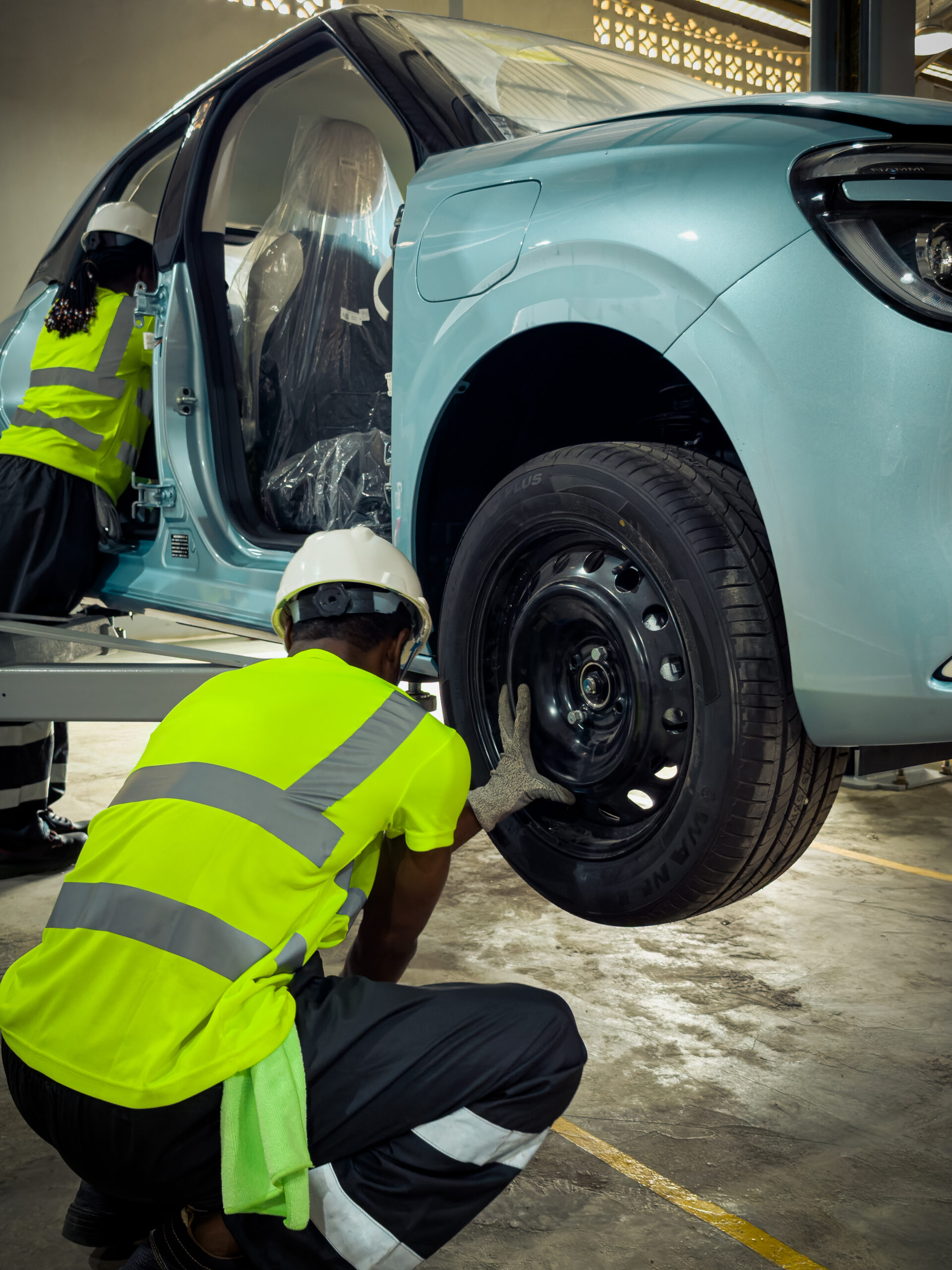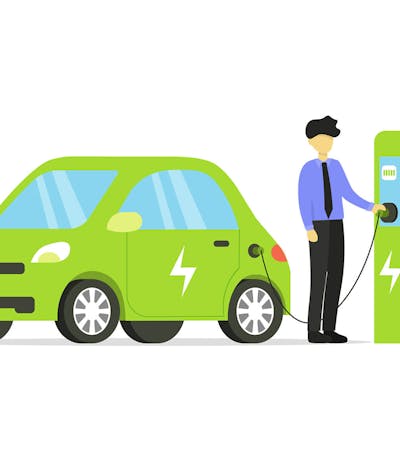An EV range extender (EREV) is a system added to a battery-electric vehicle (BEV) that increases driving range by generating additional electricity once the battery is depleted. It is essentially a secondary power source—commonly a small internal combustion engine (ICE) or sometimes a fuel cell, micro-turbine, or auxiliary battery—that recharges the main battery or directly powers the electric motor.
Here’s a breakdown on how it works
- Battery First: The vehicle drives primarily as a normal EV on its main traction battery.
- Range Extension Kicks In: When the battery reaches a low state of charge, the range extender activates. In most designs, the ICE or fuel cell powers a generator that produces electricity to recharge the battery. The wheels remain powered by the electric motor(s), not the ICE.
- Continuous Driving: This allows the driver to continue driving beyond the pure EV range, eliminating range anxiety.
Common Configurations
- ICE Generator (most common): A small petrol or CNG engine connected to a generator. Example: BMW i3 REx, Chevrolet Volt (though the Volt could also drive wheels mechanically in some modes).
- Fuel Cell Range Extender: A hydrogen fuel cell provides electricity once the main battery is low.
- Battery Trailer / Auxiliary Pack: A supplemental battery pack (sometimes in a towable module) adds temporary range.
Advantages
- Extends range without needing a charging infrastructure.
- Keeps EV driving dynamics (electric motor propulsion only).
- Smaller ICE compared to hybrids → lighter and cheaper.• Flexibility for markets with weak charging networks (like Nigeria & much of Africa).
Challenges
- Added cost, weight, and complexity.
- Still uses fossil fuels (if ICE-based), so not fully zero-emission. But consumes gasoline at rates of 2.8 liters / 100 km or less.
- Regulatory classification (some markets treat them as hybrids, not full EVs).
Examples
- BMW i3 REx → Small 647cc two-cylinder petrol engine as a generator.
- Chevrolet Volt → Used ICE as both generator and, in some modes, direct drive.
- Mazda MX-30 R-EV (2023) → Rotary engine used only as a generator.
- Various Chinese EREVs (Li Auto, Dongfeng, Seres, etc.) are booming in China, especially for larger SUVs where long range is needed.
For SAGLEV’s Nigerian/African market, EREVs could be highly strategic:
- A CNG-based range extender could leverage Nigeria’s abundant gas resources, keeping costs low.
- It solves range anxiety where the charging infrastructure is still limited.
- It could be a good transitional technology while the full EV infrastructure scales.



